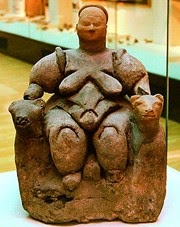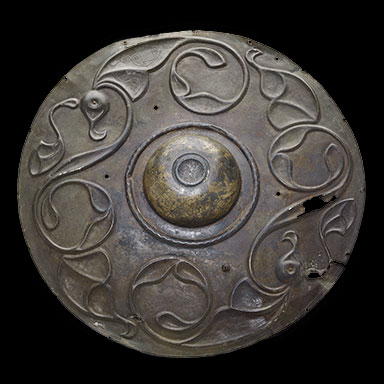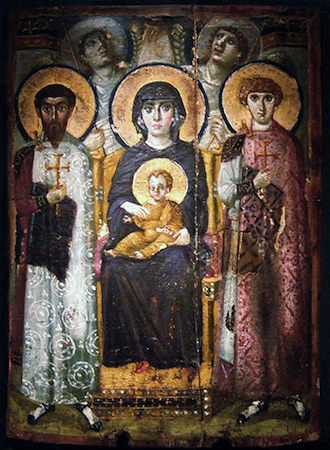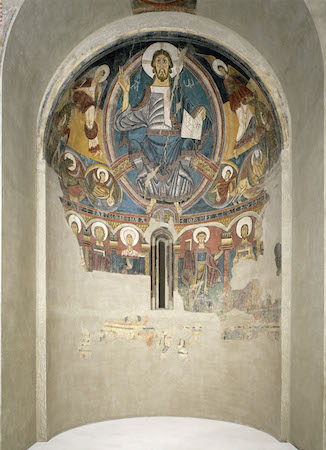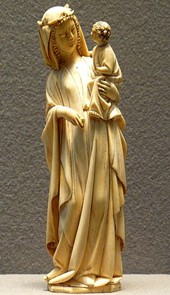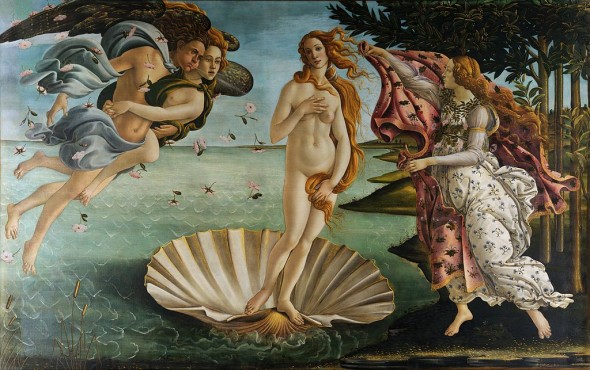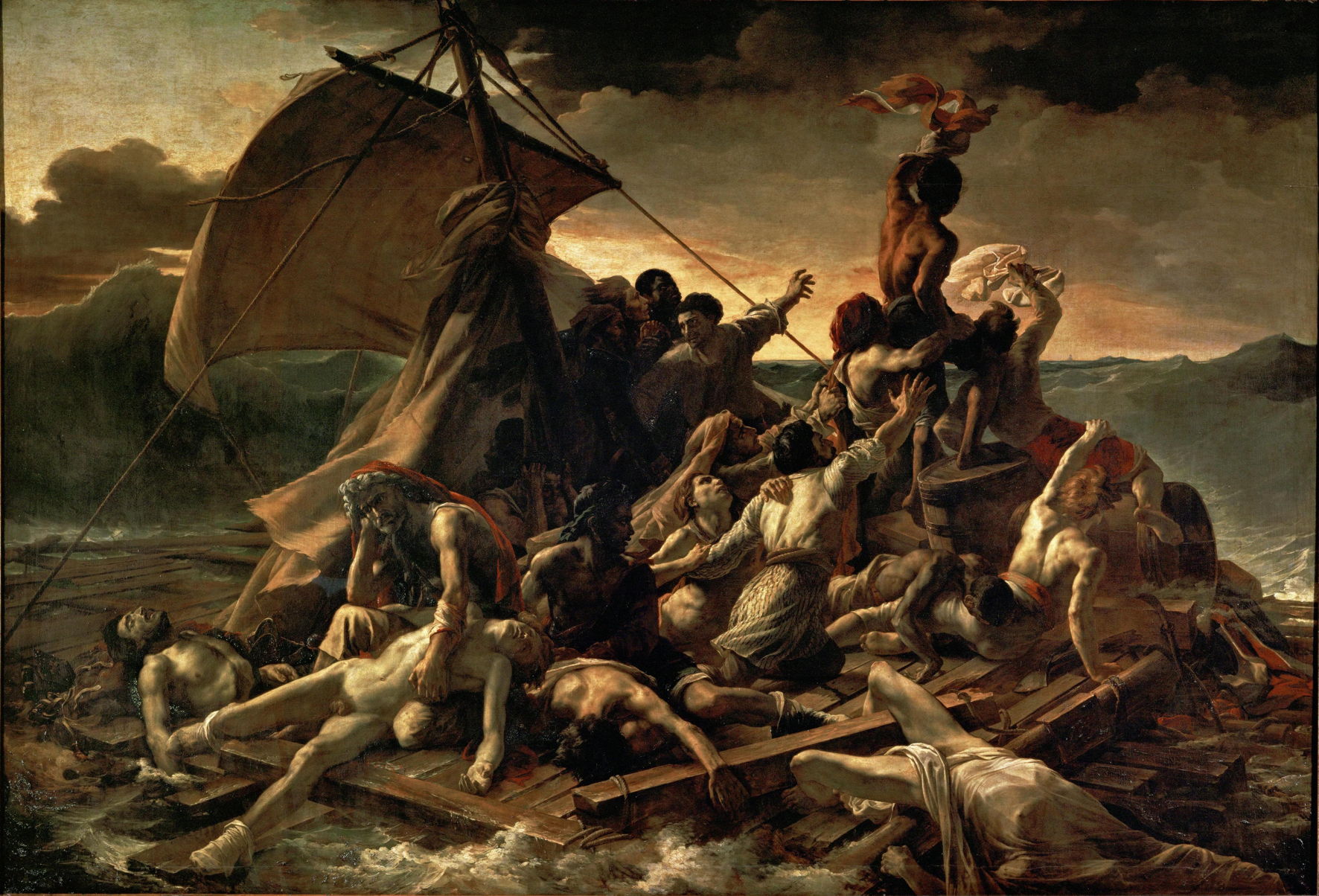Hey You!
I believe that to better understand why the art world is so exclusive feeling, you need to understand the basic movements of the art scene. Things were not always this way!
50,000 BCE (Before the Common Era, ie: BC)
We begin seeing cave paintings, often depicting something informative, sometime in worship to a God.
~3500 BCE
Art is popping up in Mesopotamia, Egypt and Asia.
This art was focused on their gods, the afterlife, and utility.
2500 BCE
The pyramids are built. The pyramids are not only a beautiful display of ingenuity, but showed us WHO had the status and WHAT was important at that period of time. The Pharaoh had the pyramids built to house his tomb, but also at that time, he was believed to be a god, that would change into a new god at the time of his death. So we are seeing that the pharaoh, AKA Horus has the power at this time, and it is important that he he happy, as he transitions into Osiris.
3000 BCE - 700 BCE.
Grecians are focusing on balance, perfect, proportions, and architecture.
509 BCE
Roman art adapts and converts Grecian art, sometimes with humor. They invent the arch.
Constantine Art (Ruled from 307 - 337 BCE)
Constantine was the first emperor to convert to Christianity, forever changing the landscape of Rome, as the city converted under his rule. For the next ~1000 years, most of the art coming out of the Western World (read: Europe) wil be Christian.
During this period of time with Christian art, we pass through the Byzantine, Celtic art, the Romanesque and the Gothic styles of art. This includes the time period that the Nortre Dame was built.
1300 CE -1600 CE (Common Era, ie AD)
The Renaissance!
During this time, literature, philosophy, art, music, politics, science, religion, and other aspects of intellectual inquiry were reconnected with the art and wisdom of their past in Rome and Greece and ushering it into modernity.
1801
Jaques-Louis David paints Napoleon.
A perfect example of art being used for propaganda
1819
Géricault paints The Raft of the Medusa, causing scandal within the Paris Salon, and sparking the Romantics.
1833
Gautier publishes an essay emphasizing l’art pour l’art, or art for art’s sake. He believes that art must free itself from the agenda of politics and religion and focus on beauty, and depict the day-to-day. It should not try to change or serve anything.
1860-1970
Modern Art: Art makes a shift to being primarily dictated by the artist, and not the patron.
Avant-Garde Art takes the scene, including artists like Manet, pictured below.
1941
Mark Rothko paints his multiforms, and language around art becomes isolating.
Gerhard Richter
Unfortunately, I couldnt find the article about his fight against the pricing of his work (but I swear it happened!), but I did find this one, where he talks about the horrific amount of money his work sells for.
Do you want to learn more about become a patron? Click here!



